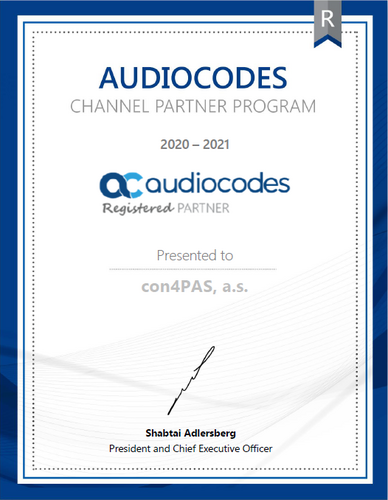
Artificial Intelligence is becoming an everyday tool in procurement – not as a trend, but as a practical way to streamline processes, strengthen decision-making, and elevate the strategic role of procurement teams. Based on the recent SAP and ProcureCon report, drawing on responses from over 500 procurement leaders across Europe and North America, it’s clear that companies are adopting AI where it brings the fastest and most visible value: spend analysis, category management, and supplier collaboration.
Why AI is Gaining Ground in Procurement?
The reason is simple: procurement faces growing pressure to deliver more with less. At the same time, the volume of data and decision complexity continues to rise. Procurement teams must navigate spend patterns, supplier risks, pricing fluctuations, internal policies, and stakeholder demands – all in real time.
AI brings clarity to this complexity. It connects scattered data sources, interprets them in context, and provides actionable insights when and where they’re needed. As a result, procurement becomes less reactive and more predictive, less manual and more strategic.
How SAP Business AI Delivers Value in Practice
One of the most visible benefits of SAP Business AI lies in category management. With generative AI capabilities in SAP Ariba, procurement teams can reduce the time needed to prepare category strategies by up to 56%. Instead of spending weeks compiling spreadsheets, reviewing supplier data, and writing reports, AI helps structure, generate, and summarize the relevant content – even for less experienced professionals.
AI also speeds up the purchase requisition process by analyzing historical transactions, suggesting preferred suppliers, and flagging deviations. The time savings can reach up to 60%, while improving policy compliance and supplier alignment.
Another strong use case is the conversion of unstructured Excel data into structured sourcing events. What previously required manual formatting, and multiple validations can now be automated – reducing time to publish events by up to 50% and minimizing errors.
Traditional vs. Generative AI: Complementary Strengths
Traditional AI, often based on machine learning, is powerful when analyzing structured data, recognizing patterns, and ensuring compliance – such as categorizing spend or checking against procurement policies.
Generative AI, on the other hand, brings a new level of flexibility. It can generate text-based content such as RFPs, supplier scorecards, meeting summaries, and category strategies – in natural language and at scale.
These two approaches are not mutually exclusive. When applied together, they support both the structure and creativity that modern procurement requires.
Preparing for AI in Procurement: It’s Not Just Tech
Successful AI adoption starts long before the first model is deployed. According to the SAP report, there are five foundational elements: quality data, user readiness, leadership sponsorship, change management, and realistic expectations.
Companies that invest in internal education, start with clearly scoped use cases, and involve end users in design and rollout achieve significantly better outcomes. AI should feel like a natural part of everyday work – not a mysterious black box.
Responsible and Secure AI is Essential
Adopting AI also raises valid questions around ethics, bias, and trust. SAP takes these issues seriously. All AI scenarios are reviewed through the lens of the SAP AI Ethics Policy, which includes principles such as:
Especially in procurement – where decisions impact supplier relationships, public funding, or workforce planning – AI must be transparent, auditable, and aligned with organizational values.
Summary: How to Start – and Why Now
For organizations looking to make procurement smarter, faster, and more strategic, SAP Business AI provides a clear path. It’s not a future promise – it’s a collection of proven, ready-to-deploy use cases.
The best starting points are high-impact, low-complexity areas such as spend analysis, sourcing events, or category planning. With the right preparation, procurement teams can unlock measurable benefits quickly and confidently.
Source: Executive Summary Report – No Hype Procurement: AI’s Role in Driving Efficient Operations
SAP & ProcureCon Insights, 2024
Interested in the article and want to know more? |


